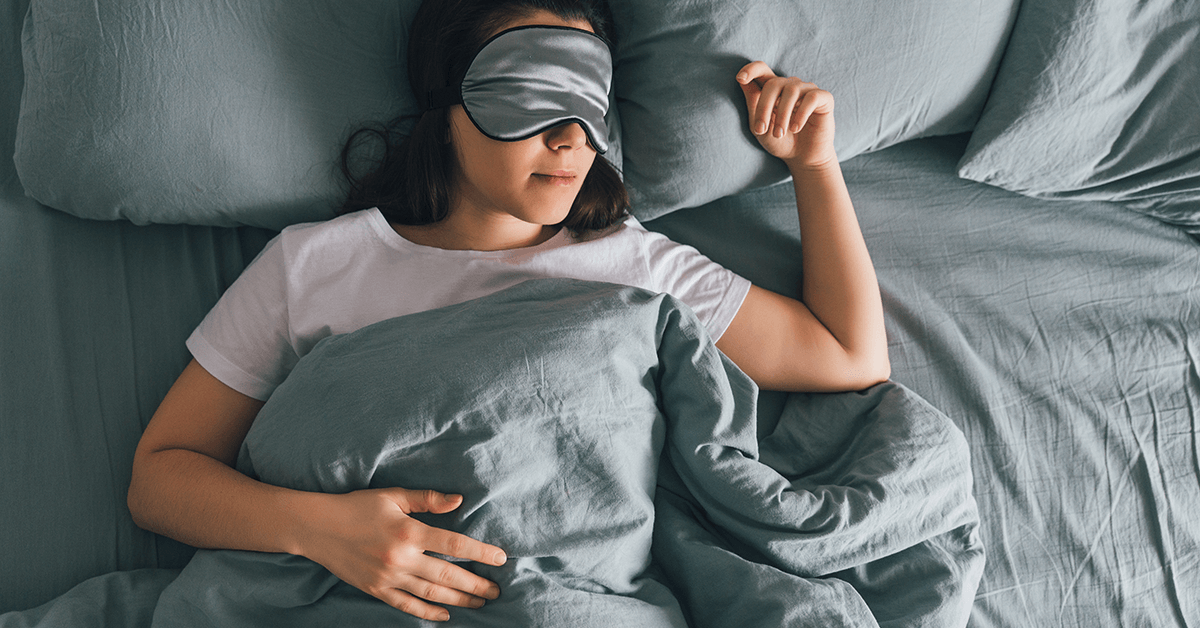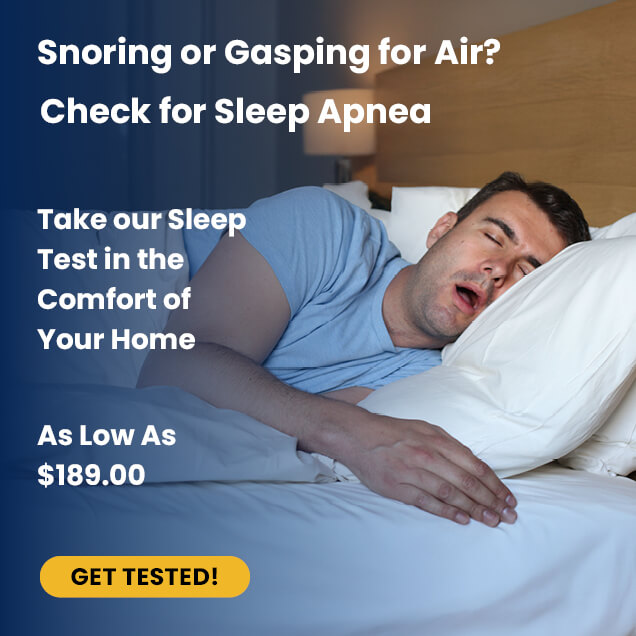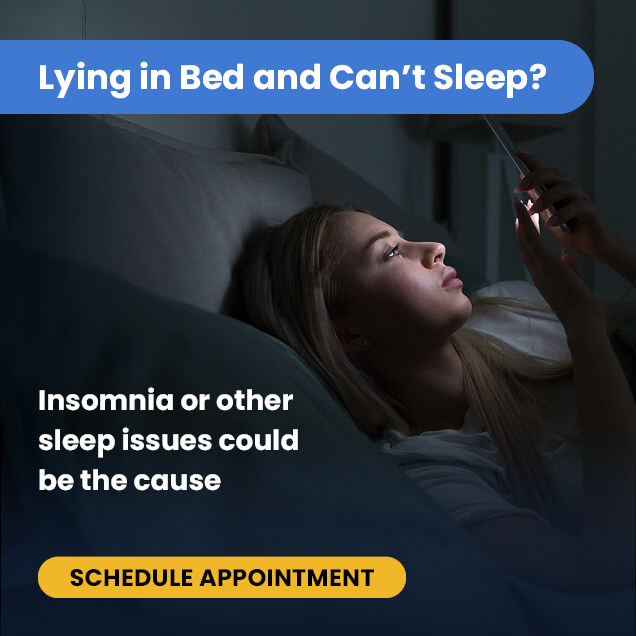Use the player to listen to the article and/or continue to read below.
Is Napping Good For You? | The Science Behind Sleep | Sleep | Keep Naps Short | Practical Napping Tips
Introduction
Do you toss and turn at night because you napped during the day? No matter how hard you try, it’s hard to resist taking an afternoon nap.
Consuming coffee or energy drinks might not rejuvenate you the way a quick catnap would. Getting an afternoon nap is alluring and a dream for many busy individuals; however, this midday snooze can interfere with your nighttime sleep, sometimes disrupting your sleep cycle.[1]
Is Napping Good For You?
Naps are short durations of sleep that we take during the day. You may have come across studies that suggest that napping a few days a week can improve heart health. Experts also comment that naps are best if these are shorter than 30 minutes, but what exactly is the science behind napping?
Of course, we are not talking about newborns or young children here, who need to sleep longer, say 12 to 16 hours a day for optimal function of their brains and bodies.[2] We are talking about adults, where 7-9 hours of total sleep is what the body needs to function properly.
The Science Behind Sleep
On a molecular level, several parts of the brain are involved in the sleep cycle. The hypothalamus is the part of the brain that affects sleep and arousal.
Your brain releases adenosine, a chemical by-product, when cellular energy is consumed during the day. Accumulation of adenosine signals the suprachiasmatic nucleus(SCN) in the hypothalamus, which results in sleepiness. If you nap during the day, your body cannot generate enough adenosine to signal the SCN, and you’ll have difficulty falling asleep at bedtime.[3]
Sleep: It’s a Process
Your circadian rhythm is your body’s 24-hour internal clock. It regulates many of your body’s delicate processes, including sleep, and is affected by adenosine and cortisol hormones. Napping can throw this delicate balance out of whack, making it difficult to fall asleep at your usual bedtime.
Homeostasis is a process that determines the intensity of your sleep, which works with your circadian rhythm to control when you sleep, and when you wake up.
Daytime naps, especially lengthy ones, will cause your sleep-wake homeostasis to work against your nighttime sleep cycle. You may not be able to sleep at all, or you may be restless as you have satisfied your sleep requirements through daytime naps.[4]
Keep Naps Short
Researchers suggest that short naps of no more than 20-30 minutes a day can improve mood, thought processes, and physical well-being; however, sleeping longer can leave you dull and groggy, interfering with your nighttime sleep.
You’ll feel your best if you wake from a short nap because you have not allowed yourself fall into a deeper phase of sleep known as Rapid Eye Movement (REM). If you wake during this phase, you will feel groggy and disoriented.
Practical Napping Tips
- Set your alarm for a 20-minute limit on your nap
- Try caffeinated drinks as an alternative to naps as caffeine blocks sleepiness associated with elevated adenosine levels. It should be noted that most people experience a lull in energy in the early afternoon.
- Extreme daytime sleepiness or erratic sleep cycles might be due to a sleep disorder and may need to be brought to your doctor’s attention.[5]
- Prescribed medication may lead to daytime sleepiness. Notify your doctor to see if there are alternative medications available.
Conclusion
Daytime naps, summer siestas, or winter hideouts can be rejuvenating in moderation for 20-30 minutes. However, it is not advisable to nap beyond this time limit – especially if you suffer from occasional sleeplessness.
If you do suffer from bouts of insomnia, talk to your doctor about Cognitive Behavioral Therapy for Insomnia (CBT-i). There are programs readily available online that give you the lifelong tools you need to help you overcome insomnia.
References:
- Suzanne E. Goldman, P. M.-I. (2008, May 1). Association between Nighttime Sleep and Napping in Older Adults. Retrieved from https://academic.oup.com/: https://academic.oup.com/sleep/article/31/5/733/2454216
- Shalini Paruthi, M. L. (2016, June 15). Recommended Amount of Sleep for Pediatric Populations: A Consensus Statement of the American Academy of Sleep Medicine. Retrieved from https://jcsm.aasm.org/: https://jcsm.aasm.org/doi/full/10.5664/jcsm.5866
- Stroke, N. I. (2019, August 13). Brain Basics: Understanding Sleep. Retrieved from https://www.ninds.nih.gov/: https://www.ninds.nih.gov/Disorders/Patient-Caregiver-Education/Understanding-Sleep
- Richard Stephenson, P. A. (2015, May 1). Behavioral Sleep-Wake Homeostasis and EEG Delta Power Are Decoupled By Chronic Sleep Restriction in the Rat. Retrieved from https://academic.oup.com: https://academic.oup.com/sleep/article/38/5/685/2416879
- M.Billiard, Y. (2002, May 25). Idiopathic Hypersomnia. Retrieved from https://www.sciencedirect.com/: https://www.sciencedirect.com/science/article/abs/pii/S1087079201901686






